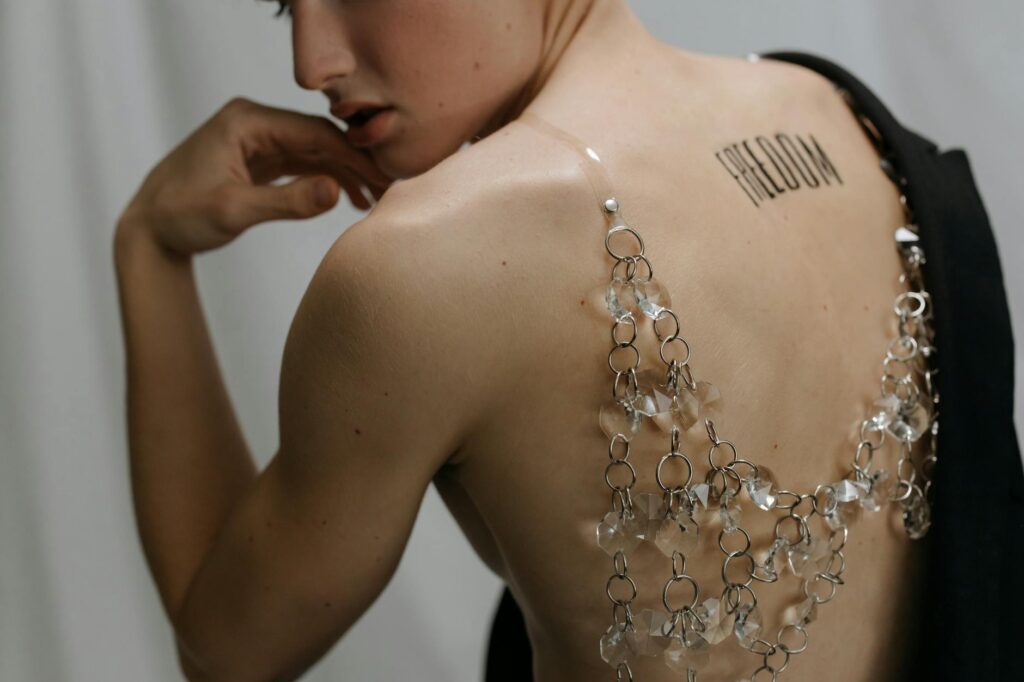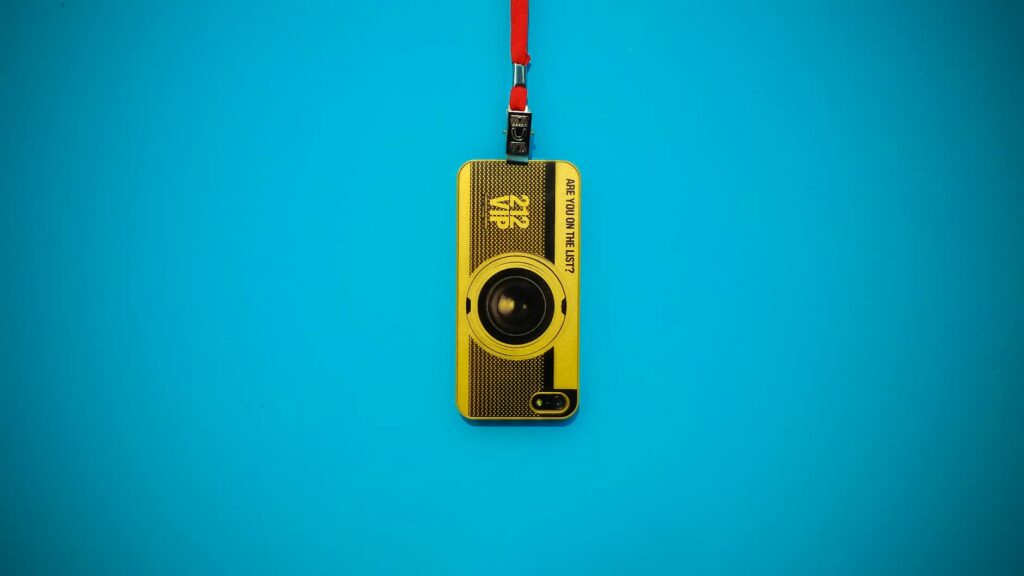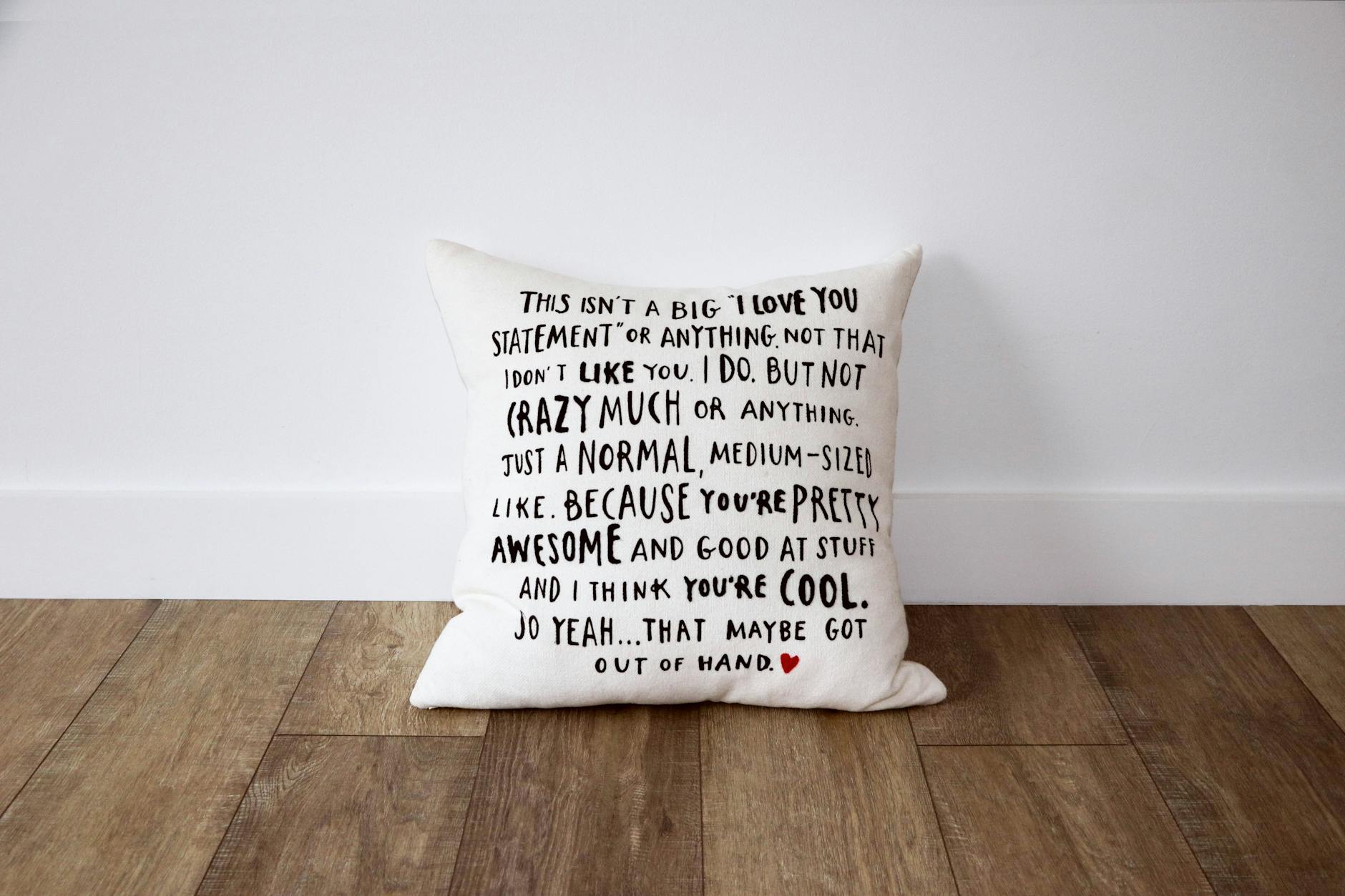Choosing a design style for your home can be a fun but challenging process. Two popular approaches often clash: minimalism and maximalism. Both offer unique benefits, but understanding their core differences is key to selecting the right fit for your personality and lifestyle.
Understanding Minimalism
Minimalism champions simplicity and functionality. It prioritizes clean lines, a neutral color palette, and the absence of clutter. Think open spaces, carefully curated objects, and a sense of calm. 
Minimalist design isn’t about being boring; it’s about intentionality. Every item serves a purpose, contributing to a feeling of peace and order. Learn more about decluttering in our guide on how to simplify your space.
Exploring Maximalism
Maximalism, on the other hand, embraces abundance and eclecticism. It’s a style that celebrates color, pattern, texture, and a multitude of objects. Think vibrant hues, layered textiles, and a richly decorated environment. 
Maximalist spaces are often described as energetic and expressive. They reflect the homeowner’s personality and interests through a diverse collection of art, furniture, and accessories. Check out this inspiring maximalist home tour for some great ideas.
Key Differences: Minimalism vs. Maximalism
The core difference lies in their approach to space and belongings. Minimalism focuses on reduction, while maximalism celebrates accumulation. One isn’t inherently ‘better’ than the other; the best choice depends entirely on personal preference.
Which Style Suits Your Personality?
Consider your lifestyle and personality. Are you drawn to order and simplicity, or do you thrive in a vibrant, stimulating environment? Do you value functionality above all else, or do you express yourself through the things you own? Take our style quiz to discover your ideal design aesthetic.
The Role of Color and Light
Minimalist spaces often favor a neutral palette, maximizing natural light to create an airy atmosphere. Maximalist designs, in contrast, often use bolder colors and patterns, sometimes incorporating dramatic lighting features. 
Space and Functionality
Minimalism prioritizes functionality and open space. Every item has a purpose, and storage solutions are often sleek and hidden. Maximalism, however, embraces a more layered approach to space, utilizing a variety of furniture and accessories to create a rich environment. Read more about maximizing small spaces on small-space living solutions.
Budget Considerations
Minimalism can sometimes be more budget-friendly, as it involves fewer purchases. However, investing in high-quality, durable pieces is essential. Maximalism can be more expensive, requiring a larger investment in diverse items. Learn more about sustainable design and living on this eco-friendly blog.
Incorporating Both Styles
It’s also possible to blend minimalist and maximalist elements to create a unique style that reflects your individual preferences. For instance, you might maintain a minimalist foundation but incorporate pops of maximalist color and pattern in carefully chosen areas. [IMAGE_4_HERE]
Ultimately, the best style for you is the one that makes you feel comfortable and happy in your own home. Embrace the elements that resonate with you and create a space that truly reflects your personal style. Consider consulting an interior designer to help you find your balance.
Frequently Asked Questions
What if I change my mind later? Design styles are fluid. You can always adapt and evolve your space to reflect changing tastes and preferences.
Can I mix and match elements from both styles? Absolutely! Many people find creative ways to blend minimalist and maximalist elements to create a unique personal style.
Where can I find more inspiration? Explore design blogs, magazines, and social media platforms like Pinterest and Instagram for endless ideas.
Is one style more expensive than the other? Generally, minimalism might be initially more cost-effective due to fewer items, but maximalism could involve more spending on a wider variety of goods.
Which style is better for smaller spaces? Minimalism is generally more suitable for smaller spaces due to its emphasis on open space and decluttering.





